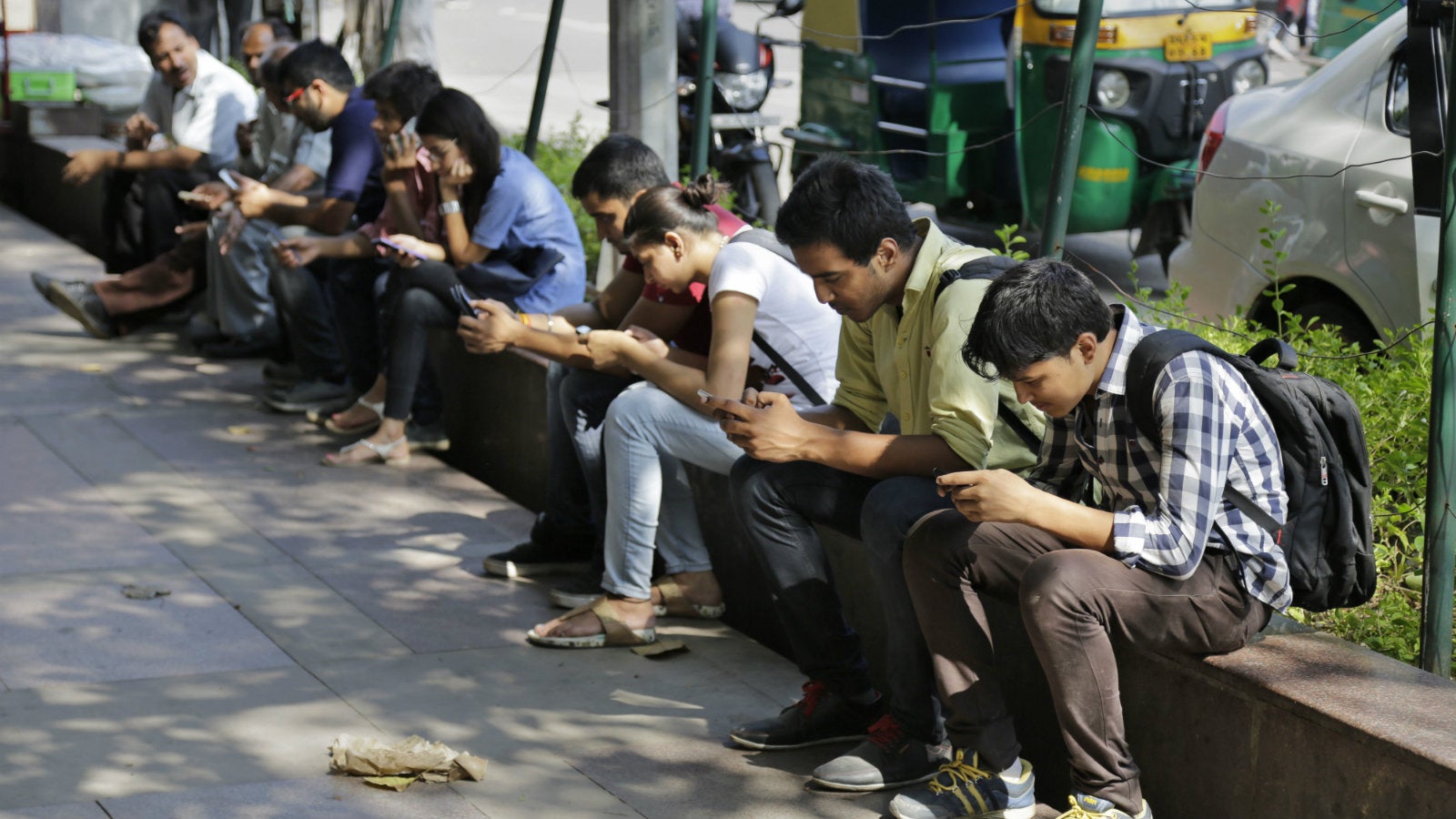Small businesses are driving India’s mobile banking growth story
Mobile banking in India seems to have finally turned a corner. The value of transactions made from mobile phones in the country was the highest in December 2015, compared to a year ago.


Mobile banking in India seems to have finally turned a corner. The value of transactions made from mobile phones in the country was the highest in December 2015, compared to a year ago.
And corporate accounts—especially small and medium enterprises (SMEs)—are bigger growth drivers than individual accounts.
In December 2015, India’s mobile banking transactions touched Rs49,029 crore. This, even as the volume of transactions dipped from November 2015. So the average transaction value was higher in December.
Here is how mobile banking in India has grown. The latest Reserve Bank of India (RBI) data available is for December 2015 and includes that for both private and public banks.
“Part of the reason why transactions have seen an increase is that leading banks are spending in the SME banking segment. Most of these are firms with a sole proprietorship. So corporate accounts are driving volumes in mobile and it is not just individual customers,” said Vivek Belgavi, leader, financial service technology, PwC India.
Belgavi said the most common services used in mobile banking are remittances and bill payments.
At Axis Bank, too, growth in mobile banking is from the SME segment.
“We are right now seeing growth from retail transactions, but there is a pick up in SME banking too,” said Sohini Rajola, head of e-banking at Axis Bank. ”The growth shows that it has been a spectacular journey for the entire banking ecosystem,” Rajola said over the phone.
Growth in smartphones
Another important driver of growth has been the penetration of smartphones. India has become the second-largest smartphone market in world, overtaking the US and second only to China.
While internet connectivity is extremely dismal compared to other countries, many banks have been developing apps that run on lower internet speeds such as 2G and EDGE.
“Mobile banking is all about accessibility. So we are building apps that work on lower connectivity such as 2G and other customer-centric initiatives,” Axis Bank’s Rajola said.
Integrating local languages is also one of the main focus areas for the bank and it will be central for growth, she said.
The future of mobile banking seems bright. About 21% of the world’s unbanked population (pdf) is in India. As banking facilities reach this section with increased use of smartphones, one can only expect volumes to inch up.
Banks are also launching mobile wallets, which can boost other basic mobile banking transactions. ”Wallets and mobile banking will soon start converging. When people use mobile wallets, then the other banking services are also integrated,” PwC’s Belgavi said.